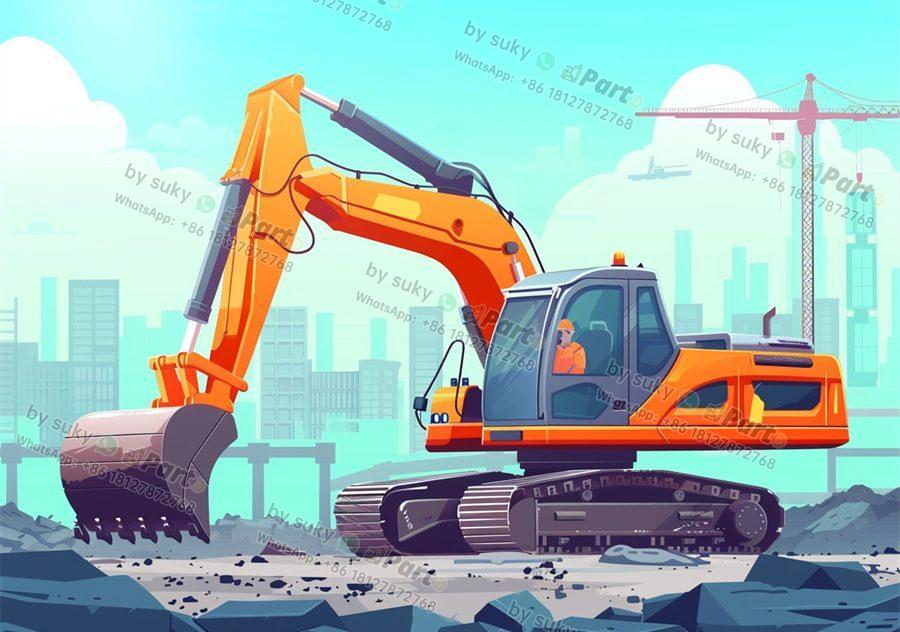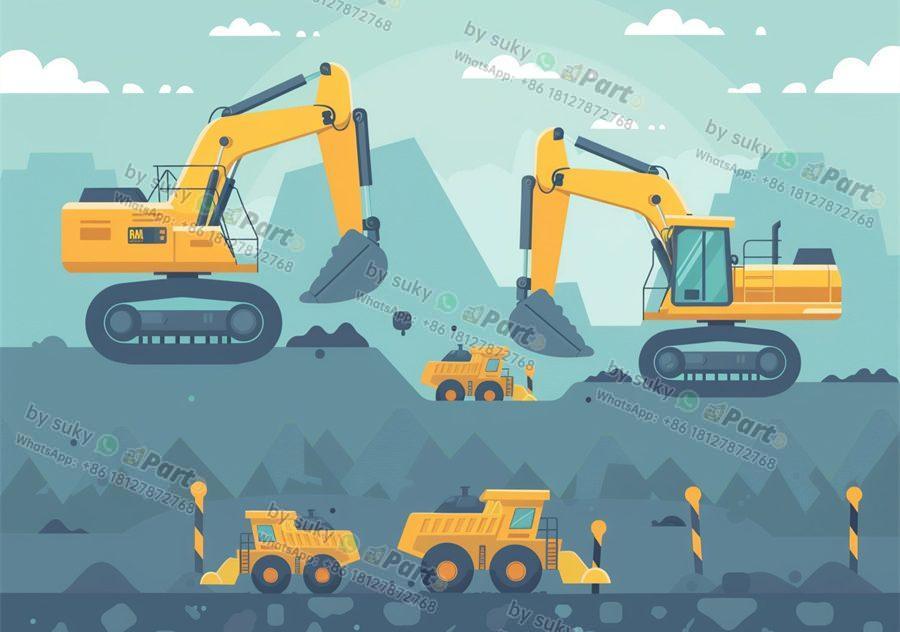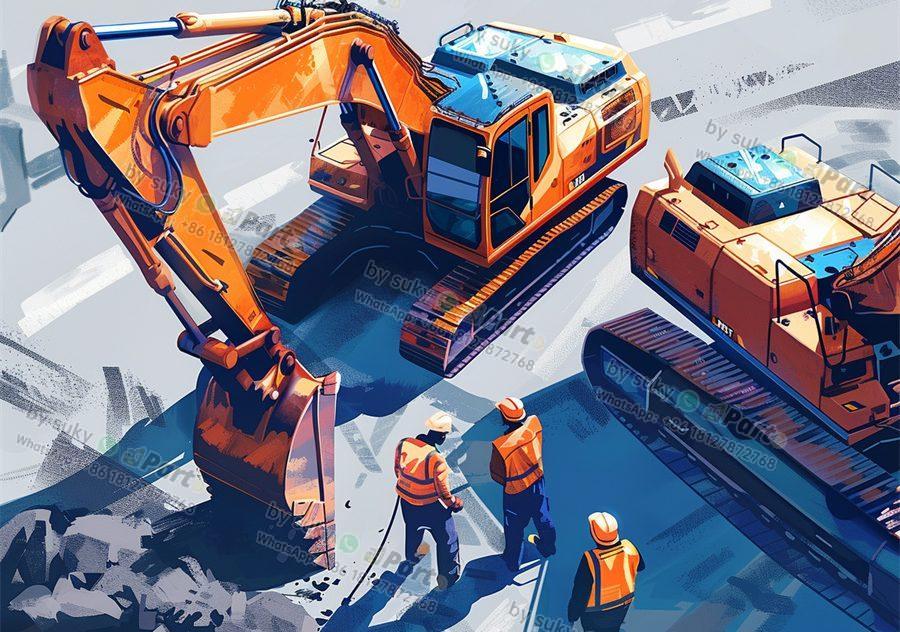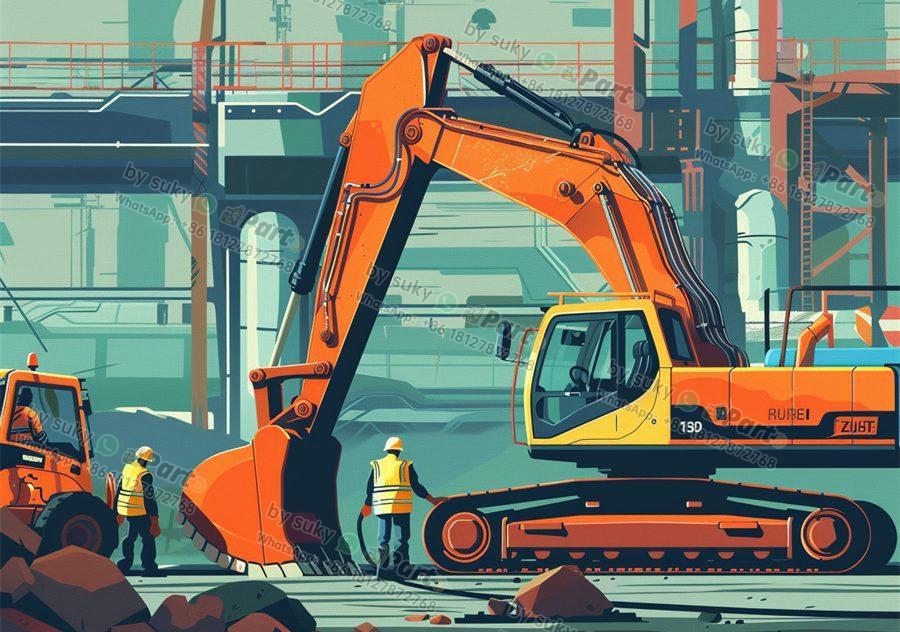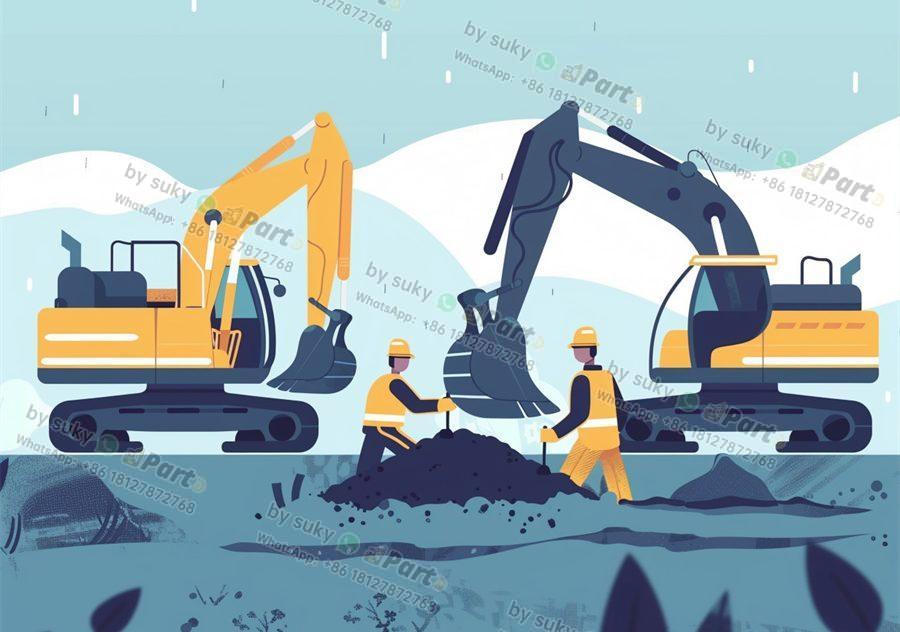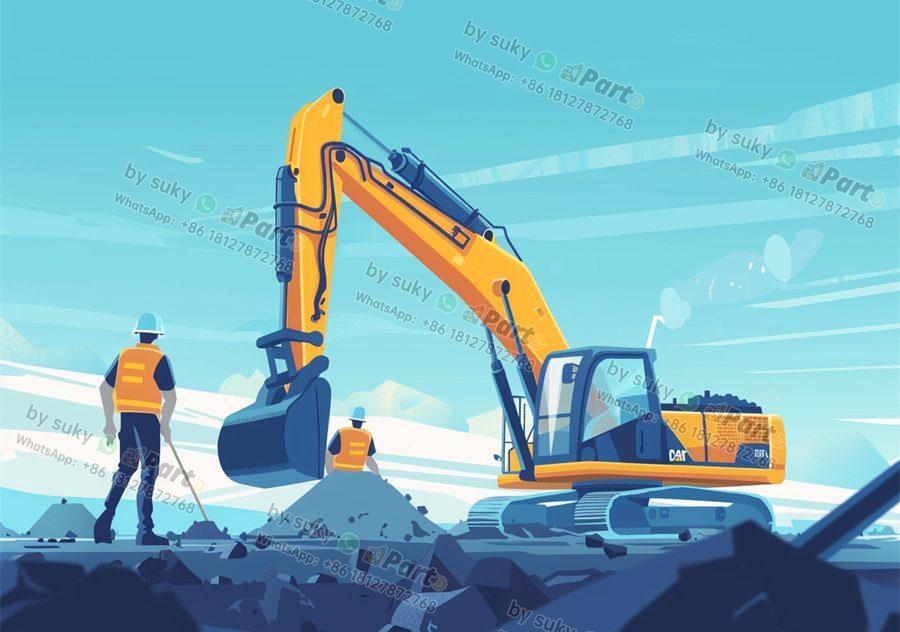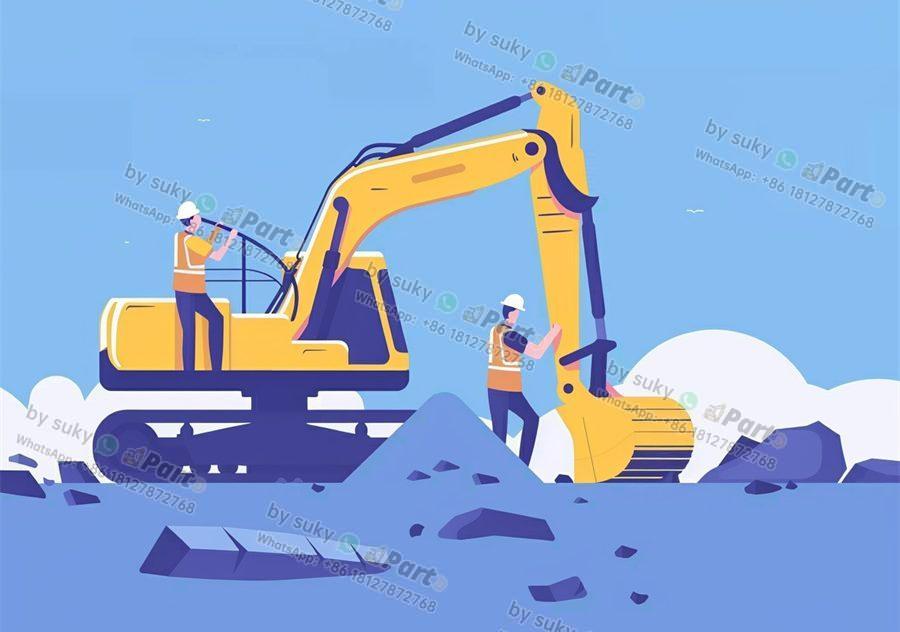As an importer or distributor of excavator parts, it is essential to be able to differentiate between genuine parts and counterfeit products. Counterfeit parts not only compromise the performance and reliability of machinery but also pose safety risks. In this article, we will discuss how to identify genuine excavator parts from counterfeit products, ensuring that you are providing your customers with high-quality and reliable components.
1. Look for Authentic Packaging and Labels
One of the first signs of genuine excavator parts is the packaging and labels. Genuine parts are usually packaged in branded boxes with logos, part numbers, and serial numbers clearly displayed. The labels on the packaging should be of high quality, with no spelling errors or inconsistencies. Counterfeit products, on the other hand, often come in plain or generic packaging with vague labels that may look amateurish. Always compare the packaging of the parts you receive with official images from the manufacturer to ensure authenticity.
2. Check for Quality and Precision
Another way to identify genuine excavator parts is to inspect the quality and precision of the components. Genuine parts are manufactured to exact specifications and standards, ensuring a perfect fit and optimal performance. Check for precise machining, smooth finishes, and sturdy construction. Counterfeit parts are often of inferior quality, with rough edges, sloppy machining, and inconsistent dimensions. If the parts look cheaply made or do not match the quality of the original components, they are likely counterfeit.
3. Verify the Manufacturer and Supplier
When purchasing excavator parts, always verify the manufacturer and supplier to ensure authenticity. Genuine parts are typically supplied directly by the original equipment manufacturer (OEM) or authorized distributors. Research the reputation and credentials of the supplier, and inquire about their relationships with the manufacturers. Be cautious of suppliers offering significantly lower prices or claiming to have parts that are out of stock elsewhere. Counterfeiters often use fraudulent means to sell fake parts, so do your due diligence before making a purchase.
4. Seek Certification and Warranty
Legitimate excavator parts come with certification and warranty to guarantee their authenticity and quality. Look for verification seals or holograms on the packaging, as well as documentation such as certificates of authenticity or compliance. Genuine parts also typically come with a warranty from the manufacturer, protecting you and your customers in case of defects or malfunctions. If a supplier cannot provide proper certification or warranty information, it is best to avoid doing business with them.
In conclusion, being able to identify genuine excavator parts from counterfeit products is crucial for ensuring the reliability and safety of machinery. By looking for authentic packaging and labels, checking for quality and precision, verifying the manufacturer and supplier, and seeking certification and warranty, you can protect yourself and your customers from the risks associated with counterfeit parts. Remember to always prioritize quality and authenticity in your sourcing practices to maintain a reputable and trustworthy business in the industry.
259-7243 2597243 Air Conditioning Compressor For Caterpillar CAT 330C 330D
2597243 259-7243 Air Compressor For Caterpillar CAT 330D 330C

